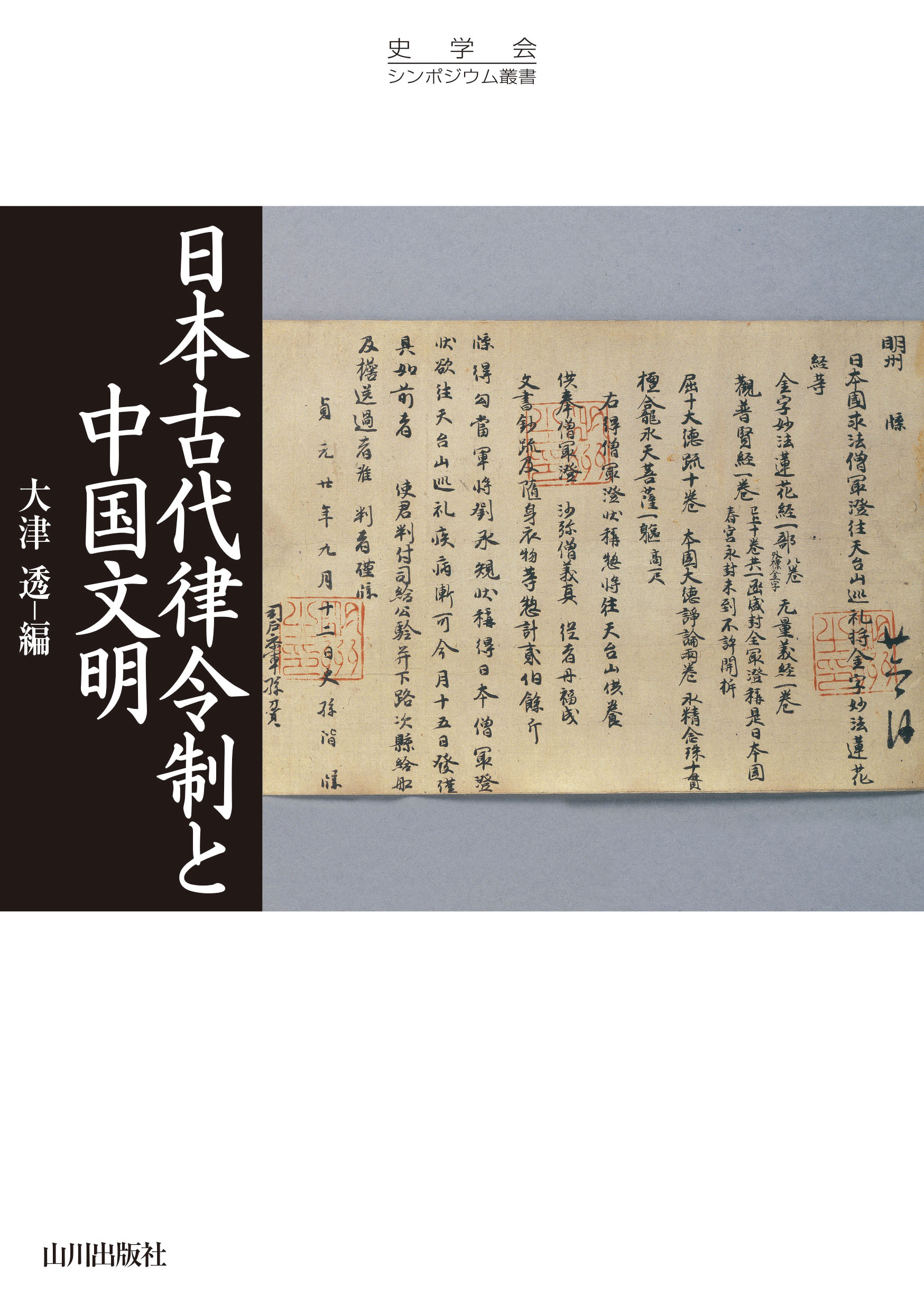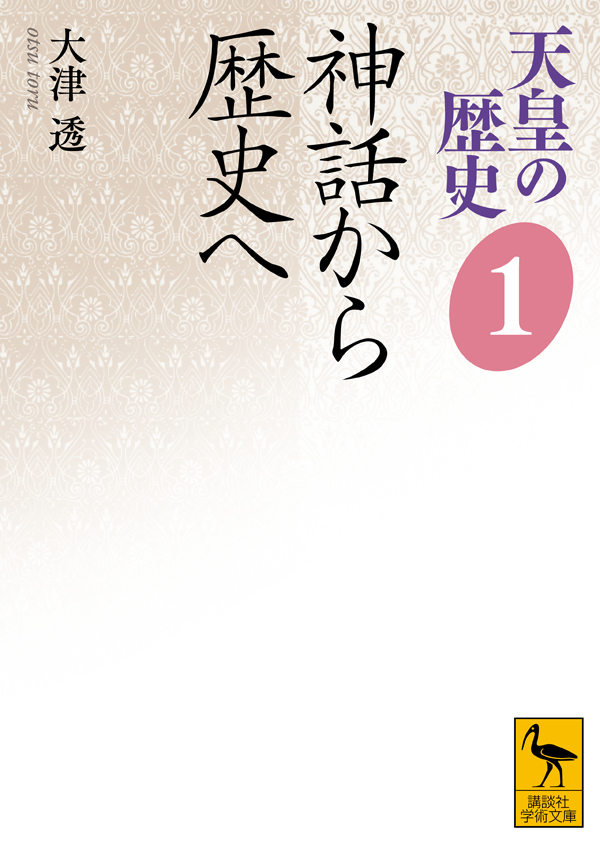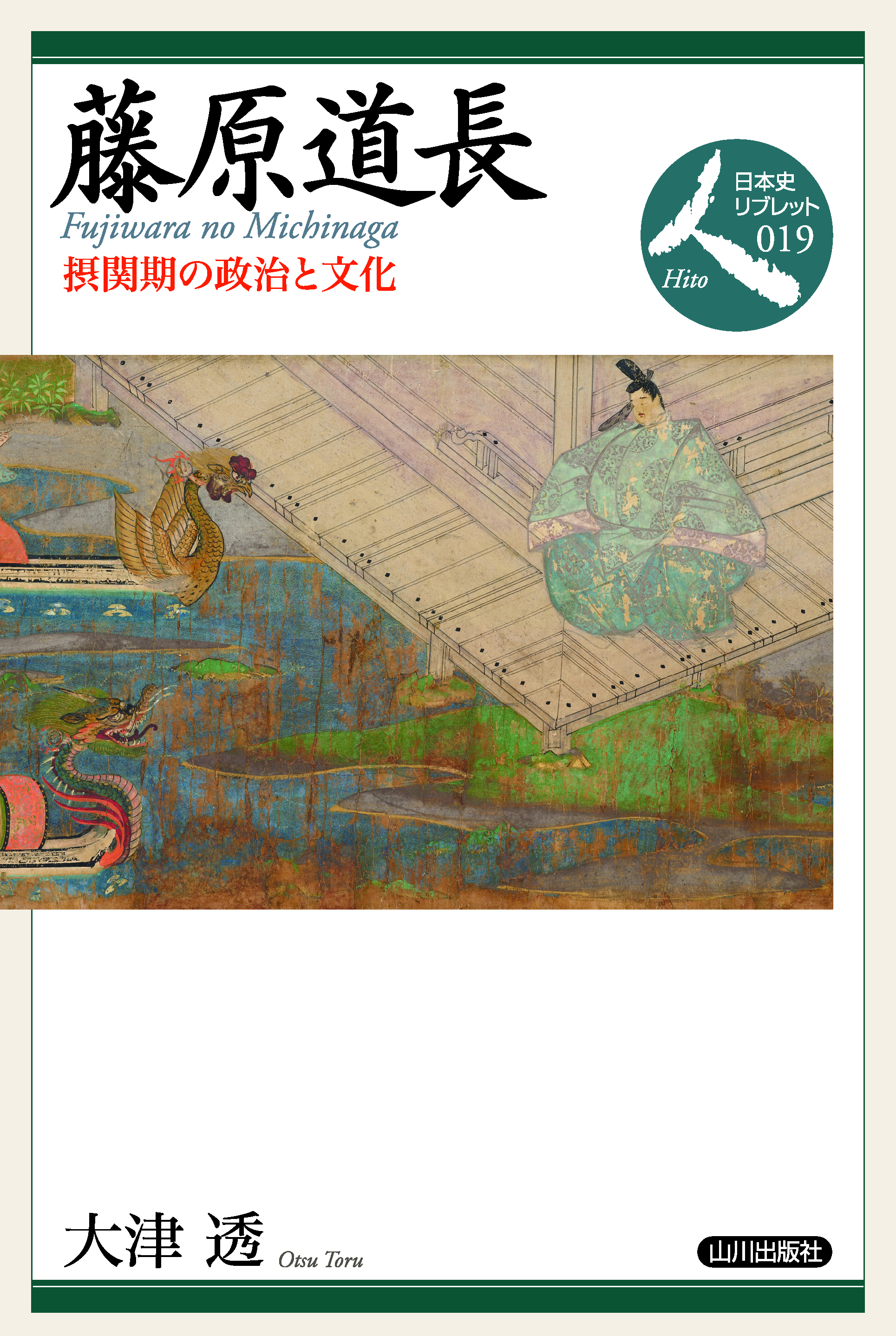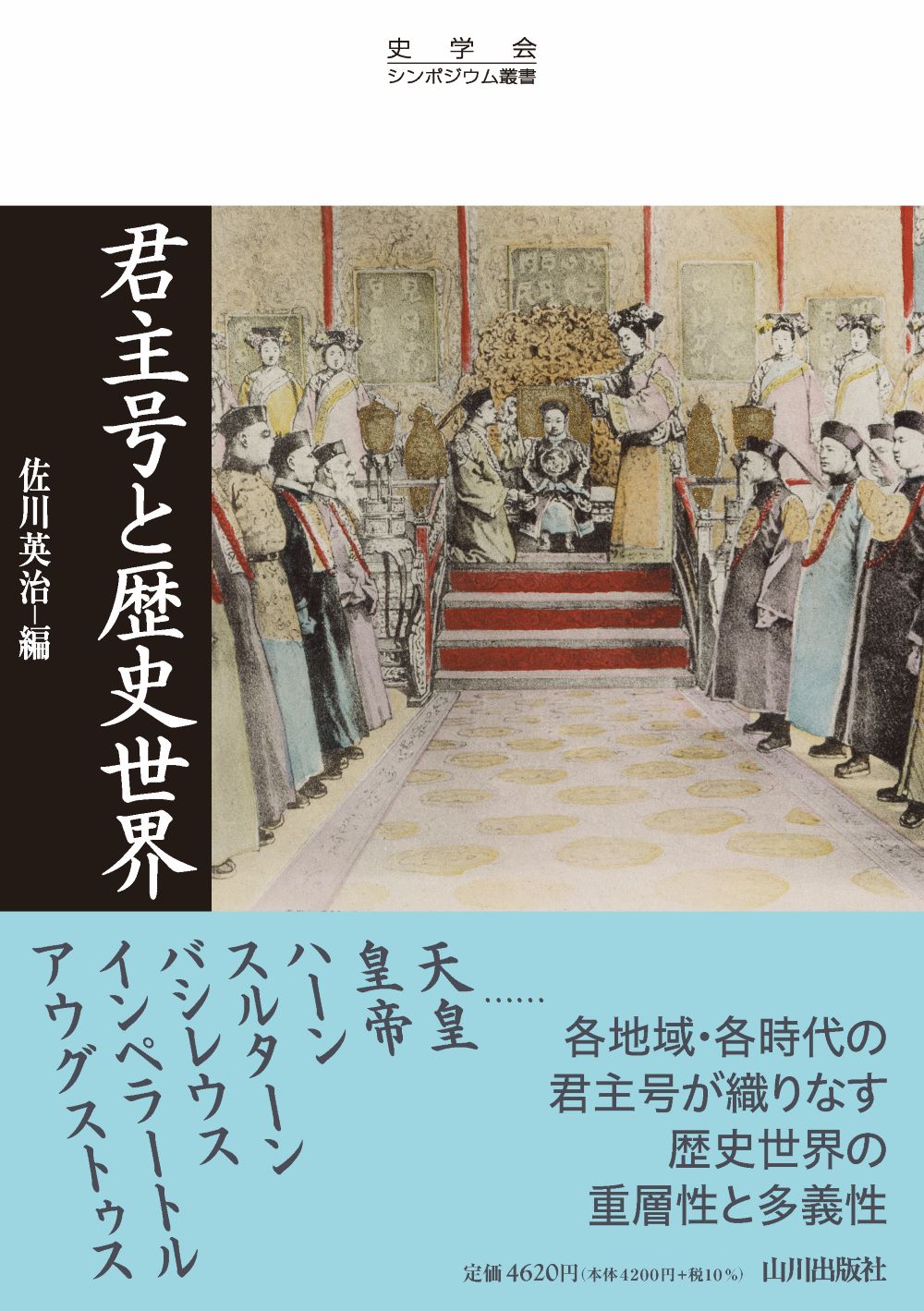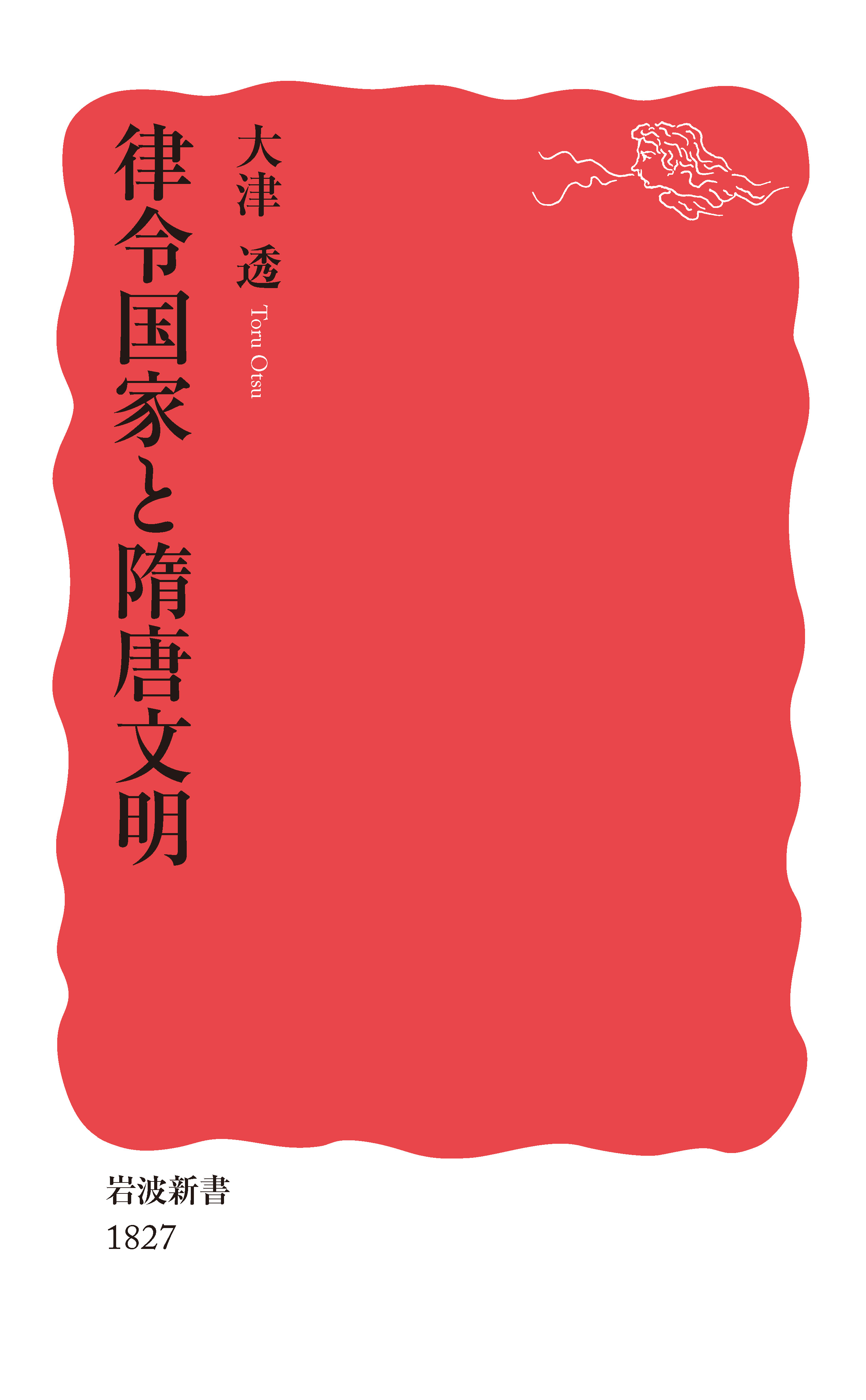
Title
Iwanami Shinsho Ritsuryō-Kokka to Zuitō-Bunmei (The Ritsuryō State and Sui-Tang Civilization)
Size
230 pages, paperback pocket edition
Language
Japanese
Released
February 20, 2020
ISBN
9784004318279
Published by
Iwanami Shoten
Book Info
See Book Availability at Library
Japanese Page
In the seventh century, at the time of the establishment of the Sui-Tang empire and under pressure from it, Japan aspired to build its own centralized state. Because the method adopted towards this end was the introduction of China’s system of legal codes (lüling / ritsuryō), it is known as the ritsuryō state. The ritsuryō state created by the Taihō Code and Yōrō Code compiled in the early eighth century imitated the lüling laws of the Sui and Tang, but social realities were not necessarily the same as those in China. A distinctive feature of this book is that it discusses on the basis of the findings of comparative research on the legal codes of Japan and Tang China the fact that the formation of the ritsuryō state occurred in the midst of a difficult situation in East Asia and that, while Japan’s ritsuryō system was based on the lüling system of the Tang, to a large extent it took over the earlier Yamato court’s own distinctive modus operandi.
During Suiko’s reign at the start of the seventh century, Japan set about developing state institutions in the course of diplomatic contacts with the Sui, starting with a system of twelve court ranks, and the title of “emperor/empress” (tennō) was established. Then the Tang launched a campaign against Koguryŏ on the Korean peninsula, and tension spread throughout East Asia. Japan, aiming at a centralized form of government, drew on students who had studied in China and others and carried out reforms known as the Taika Reform, which were pro-Tang and pro-Silla. But Empress Saimei and Prince Naka no Ōe switched to a pro-Paekche policy and sent reinforcements to assist Paekche, which had fallen to the Tang and Silla, and Japan suffered a crushing defeat by Tang and Silla forces. In the midst of unprecedented tension with the Tang, Emperor Tenji sent emissaries to the Tang and concentrated on defending Japan’s national territory. Next, Emperor Tenmu set about having a legal code compiled, and these efforts resulted in the Kiyomihara Code. At the start of the eighth century, around the same time as the Taihō Code was completed, an embassy was sent to Tang China for the first time in thirty years, Japan’s new name of “Nihon” was recognized by the Tang, and a new relationship was built with the Tang.
The ritsuryō laws formulated in this way are significant in that they incorporated the advanced civilization of the Tang to create the framework of the ancient state, and although there were parts that did not become a reality, they had meaning as an ideal. At the same time, because of a need to rapidly build a powerful state, there were parts of the legal codes that were premised on the assumption that they would function from the outset. With regard to rule of the people and the collection of taxes, a system of household registers and tax registers was introduced, but in reality the local products tax under the earlier system of provincial governors continued to be levied. In the bureaucracy, too, aspects that differed from the Tang and were unique to Japan can be seen in the relationship between official posts and ranks, the Council of State, the system of four grades of officials, and so on, and while document-based administration was adopted, oral communications were also important. It is also pointed out that because the emperor was a religious and mythic entity and customs peculiar to the emperor had survived, the Taihō Code and Yōrō Code include almost no provisions related to the emperor system itself.
The Yōrō Code was the last ritsuryō code to be compiled, but Tang culture continued to be imported throughout the Nara period via embassies to the Tang. Kibi no Makibi brought back from China many Confucian works, especially ritual works and histories, leading to the incorporation of rites in the ritsuryō system, and the significance of this is discussed. This book also touches on the introduction of the Buddhist precepts by Jianzhen (Ganjin), the ordination of Emperor Shōmu, and advancing Sinification and the penetration of the ritsuryō laws under the administration of Fujiwara no Nakamaro, and a distinctive feature of this book is its discussion of how the ritsuryō system in a broad sense developed in the mid-eighth century. Further, Emperor Kanmu, out of his awareness of establishing a new dynasty, increased Sinification by, for example, performing religious rites dedicated to the Celestial Thearch, and it is pointed out that in the ninth century, from the Kōnin to Jōgan eras, rites were developed by incorporating Chinese-style rites and the emperor system was institutionalized. As a whole, this book could be said to discuss the process and meaning of the establishment of “Nihon” and to clarify the enormous influence that Tang culture had on Japan’s history.
(Written by OTSU Toru, Professor, Graduate School of Humanities and Sociology / 2020)



 Find a book
Find a book


 eBook
eBook